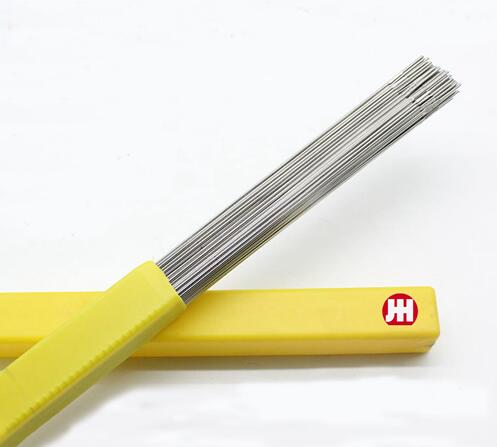Understanding J421 Electrode Welding Techniques and Applications in Metal Joining Processes
The J421 Electrode Welding An Overview
Welding is a fundamental process in the fabrication and construction industries, providing strength and durability to metal structures. Among the various welding techniques and materials, the J421 electrode stands out for its versatility and performance. This article explores the characteristics, applications, and benefits of using the J421 electrode in welding processes.
Characteristics of J421 Electrodes
The J421 electrode, also known as E6013, is a type of mild steel electrode designed for use in shielded metal arc welding (SMAW). One of its notable features is its versatility; it can be used on both AC and DC power sources, making it suitable for various welding equipment. The J421 electrode has a rutile coating, which helps to stabilize the arc and reduce spatter, resulting in cleaner welds.
The electrode is typically used for welding mild and low-alloy steels. It has a tensile strength of approximately 450 MPa, which is suitable for a wide range of applications. The coating composition of the J421 includes iron powder, which enhances its efficiency and allows for a higher deposition rate. This makes it an ideal choice for projects that require both speed and quality.
Applications of J421 Electrodes
The J421 electrode is used in a variety of welding applications across different industries. It is particularly popular in general fabrication, structural work, and repair applications. Due to its ability to produce a smooth and aesthetically pleasing weld bead, it is often utilized in projects where visual appearance is important, such as in ornamental ironwork and automotive industries.
j421 electrode welding

In construction, the J421 electrode is favored for welding thin sheets of steel and is commonly used in both horizontal and vertical positions. Its ability to handle various joint types, including butt, lap, and T-joints, further expands its usability. Moreover, the J421 electrode can also be used in situations where there may be some surface contamination, making it a reliable choice for less-than-perfect conditions.
Benefits of Using J421 Electrodes
One major advantage of the J421 electrode is its ease of use, making it an excellent choice for both beginners and experienced welders. The stable arc and manageable spatter minimize cleanup time and allow welders to focus on the quality of their work. Additionally, the electrode's relatively low heat input helps to reduce the risk of warping thin materials, which is crucial in many delicate welding applications.
The J421 electrode is also cost-effective, striking a balance between quality and affordability. This makes it a popular choice for small to medium-sized projects where budget constraints are a consideration. The availability of J421 electrodes in various sizes and packaging options allows welders to choose the most suitable type for their specific needs.
Conclusion
In summary, the J421 electrode is a versatile and effective choice for shielded metal arc welding. Its characteristics, including the ability to produce high-quality and aesthetically pleasing welds, make it a preferred option for various applications in the fabrication and construction industries. With its ease of use, cost-effectiveness, and adaptability to different welding conditions, the J421 electrode continues to be a valuable tool for welders aiming to achieve both strength and quality in their projects. Whether you are a seasoned professional or a novice, incorporating J421 electrodes into your welding practices can enhance your work efficiency and results.
-
Best Hardfacing MIG Wire for Sale High Durability Welding SuppliesNewsJun.10,2025
-
ER70S-6 MIG Welding Wire Supplier High Quality China Welding Wire ManufacturerNewsJun.10,2025
-
Premium Aluminum Flux Core Wire China Manufacturer FactoryNewsJun.10,2025
-
Premium Cast Iron Welding Electrodes for Superior BondsNewsJun.10,2025
-
Premium 309L MIG Wire High Strength & Corrosion ResistantNewsJun.10,2025
-
Stainless Steel Welding Rod Types Complete Guide to Corrosion ResistanceNewsJun.09,2025


